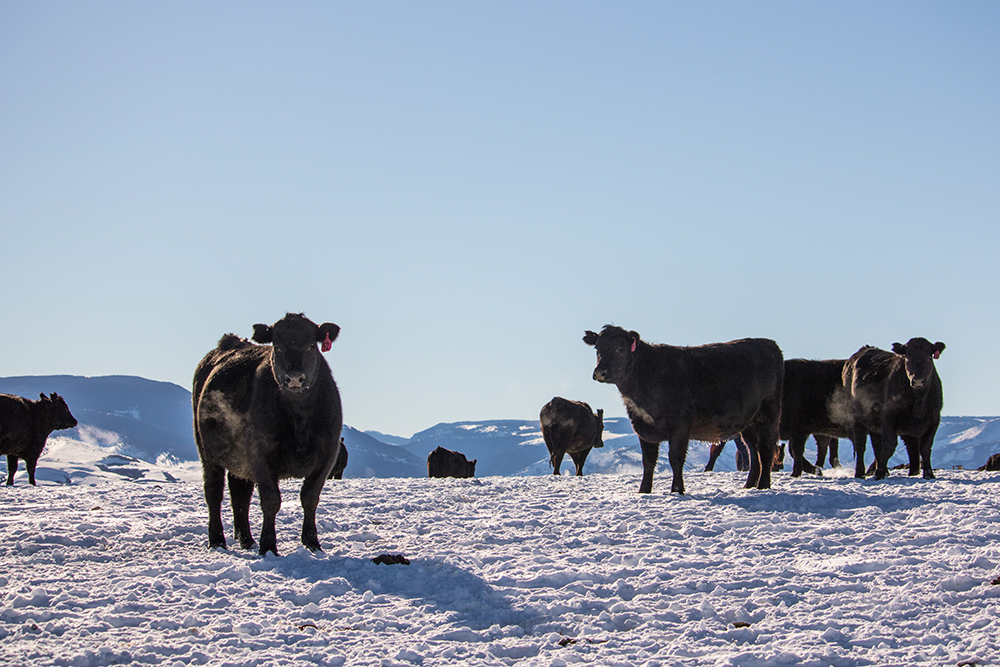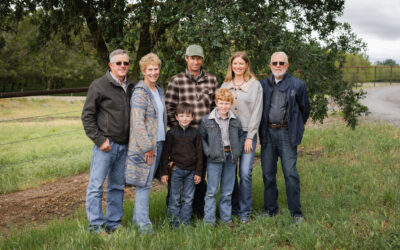
Built-in and better
by Miranda Reiman
January 20, 2020
They think of everything these days!
Seeing new car advertisements, that thought runs through my mind. With an active family, I can’t count the number of times there’s been an immediate mess—think sandbox remnants dumped out of tennis shoes or cereal spread across the floor—and I wished a vacuum cleaner would appear out of thin air. About the day after I first had that thought, I saw the brand new minivan with an integrated vacuum.
I used to carry a power inverter in my SUV, so as I made the most of our miles traveled, I could plug in my laptop. Today I can leave that inverter at home. I have a 120-volt AC plugin right there on the console.
In the automotive industry, I’m sure there’s a fair amount of logging and correlating specific requests and responding to drivers as they file complaints, but car designers must think years ahead. They must anticipate. It’s not a question of “what does the customer want today,” but rather what WILL they want. Designers have to imagine life in the future.
From cars that communicate with each other and avoid crashes to driverless vehicles, it’s hard to picture what I’ll be driving, or just riding in 10 years from now.
The cattle business is much the same. When breeders select genetics, they’re incorporating needs of commercial cattle customers, from growth and performance to structural soundness and maternal traits. They’re responding to consumer demand with more marbling.

These are all traits and opportunities that cattlemen have the ability to affect today.
The rapid pace of improvement has been astonishing, but when I think about the cattle of the future, that’s when I get really excited.
Imagine a world where you could select for stock that almost never get sick. It may seem like an impossibility today, but there’s early work being done to characterize the genetics of increased immunity. Someday it could be as routine as placing pressure on lower birthweight or higher weaning weight.
Genomic technology puts this research within reach, but could also make that real-time information applicable. Cattle could be treated differently based on their inherent risk category. In a world where pen riders aren’t getting any easier to find, where consumers are ever more concerned about animal welfare, this is the kind of development that could be a game changer long-term.
Heat, fescue, altitude—our environmental challenges across cattle country are as diverse as our zip codes, but associations are working to provide tools to help tap the animals that work best in those scenarios. More information will allow for more informed decisions.
The cattle of tomorrow are being bred with more and more precision, and the rate of improvement can increase. They’ll fit the places they live and the places they’re headed more and more predictably than today. And because demand signals simply work to reward progress with profits, they’ll continue to align with consumer preference for higher quality beef.
That’s the kind of built-in that will build the future.
Next time in Black Ink ®, Nicole Erceg will explore quality grade trends. Questions? Email mreiman@certifiedangusbeef.com
you may also like
Legacy in the Golden Land
On a quiet stretch of Northern California rangeland, a different story unfolds. The Borror family’s legacy modestly speaks through the cattle they raise, the ground they steward. The generations who’ve made a life here demonstrate commitment to doing things right, even when no one is watching.
Marbling, Feet and Fertility: Are they related?
The Angus breed has enough genetic diversity to allow breeders, and their commercial bull customers, to make progress across multiple traits simultaneously. One bloodline may be high in marbling but does not check the boxes you need for other traits. That does not mean marbling is the cause—it simply means your search for the ideal genetic pairing is not done.
Working for Premiums
The commercial Angus rancher from Collyer, Kansas, came back for daily homework in 1999 after a year at college. For 25 years now, he’s studied all the ways to grow his family’s W6 Cattle cow-calf herd with Angus at the base. Guided by data, Walt worked to improve the herd from zero Primes to averaging 60 percent. Learning what drives premiums prompted improvement.



